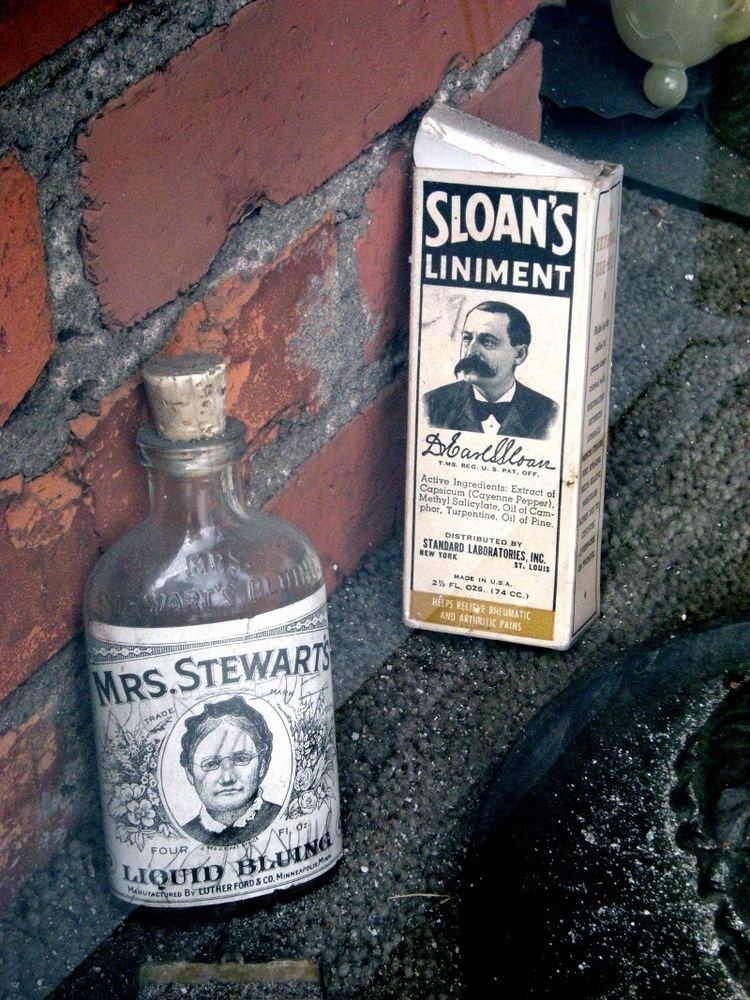 | ||
Liniment (or embrocation), from the Latin linere, to anoint, is a medicated topical preparation for application to the skin. Sometimes called balms or heat rubs, liniments are of a similar or lesser viscosity than lotions and are rubbed in to create friction, unlike lotions, ointments or creams, but patches, sticks and sprays are also available.
Contents
Liniments are typically sold to relieve pain and stiffness, such as from sore muscular aches and strains. or arthritis. These are typically formulated from alcohol, acetone, or similar quickly evaporating solvents and contain counterirritant aromatic chemical compounds such as methyl salicilate, benzoin resin, menthol, or capsaicin; they produce a feeling of warmth within the muscle of the area they are applied to, typically acting as rubefacients via a counterirritant effect.
Liniments have been around since antiquity. Opodeldoc is a formulation invented by the Renaissance physician Paracelsus.
The methyl salicylate that is the active analgesic ingredient in some heat-rub products can be toxic if they are used in excess. Heating pads are also not recommended for use with heat rubs, as the added warmth may cause overabsorption of the active ingredients.
Examples
Use on horses
Liniments are commonly used on horses following exercise, applied either by rubbing on full-strength, especially on the legs; or applied in a diluted form, usually added to a bucket of water and sponged on the body. They are used in hot weather to help cool down a horse after working, the alcohol cooling through rapid evaporation, and counterirritant oils dilating capillaries in the skin, increasing the amount of blood releasing heat from the body.
Many horse liniment formulas in diluted form have been used on humans, though products for horses which contain DMSO are not suitable for human use, as DMSO carries the topical product into the bloodstream. Horse liniment ingredients such as menthol, chloroxylenol, or iodine are also used in different formulas in products used by humans.
Absorbine, a horse liniment product manufactured by W.F. Young, Inc., was reformulated for humans and marketed as Absorbine Jr. The company also acquired other liniment brands including Bigeloil and RefreshMint. The equine version of Absorbine is sometimes used by humans, though its benefits in humans may be because the smell of menthol releases serotonin, or due to a placebo effect.
Earl Sloan was a US entrepreneur who made his initial fortune selling his father's horse liniment formula beginning in the period following the Civil War. Sloan's liniment, with capsicum as a key ingredient, was also marketed for human use. He later sold his company to the predecessor of Warner–Lambert, which was purchased in 2000 by Pfizer.
